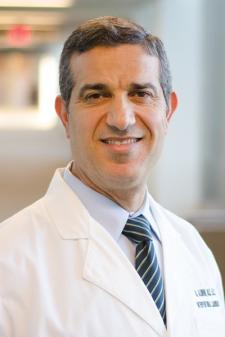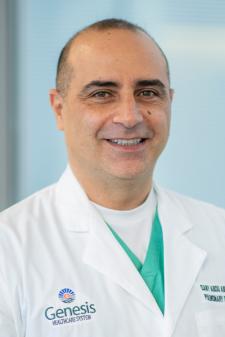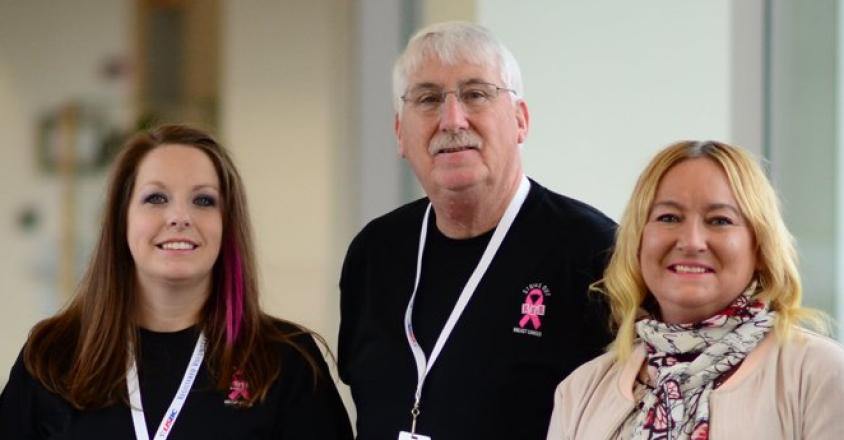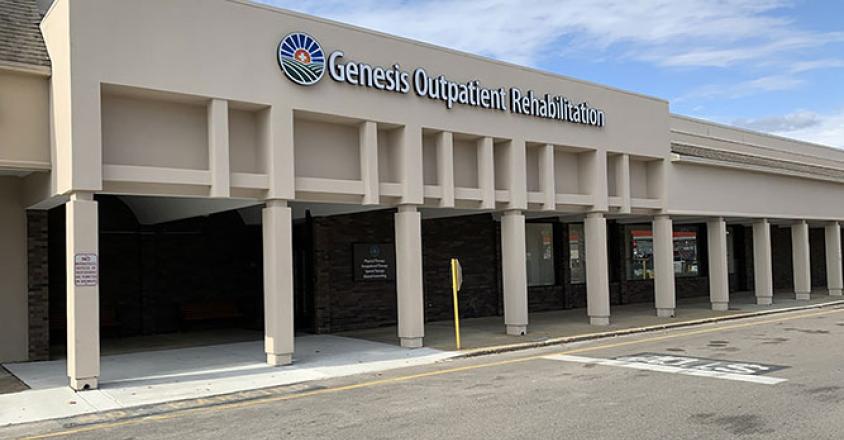Albirini, Abdulhay
955 Bethesda Drive
1st Floor
Zanesville, OH 43701
United States
Abdulhay Albirini, M.D. is board certified in Cardiovascular Disease and Interventional Cardiology. He practices at Genesis Heart and Vascular Institute in Zanesville, Ohio. Dr. Albirini completed a fellowship in 2000 at the Cleveland Clinic.
1996 - 1999 State University of New York at Stony Brook MD,1999 - 2000 Cleveland Clinic Foundation (Cleveland, OH)
1983 - 1989 Damascus University
1989 - 1990 Almouassat University,1992 - 1995 St Lukes Hospital (Cleveland,OH)
1995 - 1996 Cleveland Clinic Foundation (Cleveland, OH)
Cardiovascular Disease,Interventional Cardiology

Abdulhay Albirini, M.D. is board certified in Cardiovascular Disease and Interventional Cardiology. He practices at Genesis Heart and Vascular Institute in Zanesville, Ohio.






